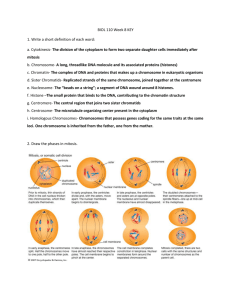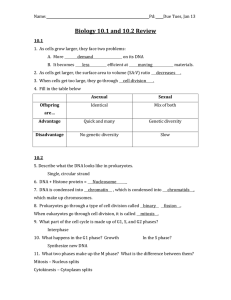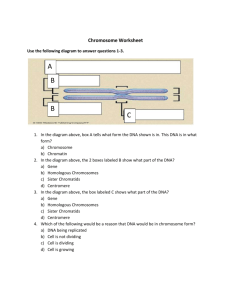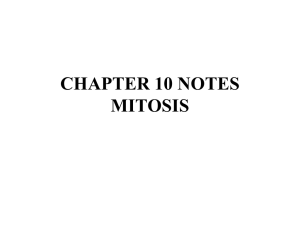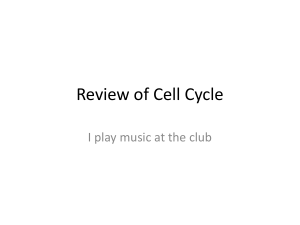crossing over
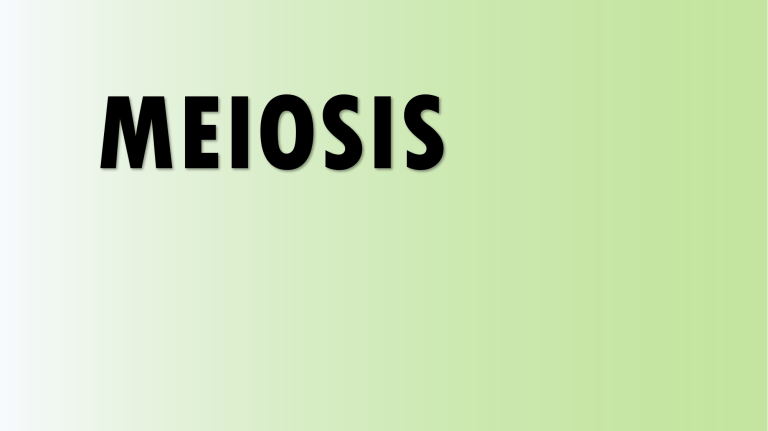
MEIOSIS
• cell division
• one parent cell becomes two identical daughter cells
• occurs in somatic cells
(regular cells)
• used for growth and repair
• cell division
• one parent cell creates four unique cells, each with HALF the DNA
• occurs in germ cells
/gametes
• used for sexual reproduction
• produces sperm cells and egg cells
• occurs in two stages
MEIOSIS I: separation of homologous chromosomes
MEIOSIS II: separation of sister chromatids
• (DNA has already been duplicated in S phase)
• DNA condenses into chromosomes
• Nuclear envelope dissolves
• Centrioles appear at opposite ends of the cell; spindle fibers attach to centromeres
• PROMETAPHASE: chromosomes move towards the center of the cell
• Chromosome PAIRS line up at the metaphasal plate
Tetrad: pairs of chromosomes
• CROSSING OVER can occur between chromosome pairs
• CROSSING OVER: when chromosome pairs exchange equal amounts of DNA where they intersect
• CHIASMA: the point of intersection; where “crossing over” occurs
• Leads to increased genetic diversity
• Spindle fibers contract
• Tetrads are broken apart into chromosomes
• Half of the DNA moves to one end of the pole; the other half moves to the other end
• Two daughter cells are created – each with HALF of the organism’s DNA
• Each new cell is unique
• Cytokinesis: the separation of cytoplasms
• Prophase II begins immediately
NO INTERPHASE
• Nuclear envelope dissolves, centrioles appear, spindle fibers form
• PROMETAPHSE: chromosomes move toward the center of the cell
• Individual chromosomes(sister chromatids) line up at the metaphasal plate
• Sister chromatids separate and move to opposite ends of their cells
• Because of crossing over, each chromatid has its own unique DNA
• Nuclear envelopes form around the new chromatids
• Each new cell has its own unique DNA and contains half of the organism’s DNA
